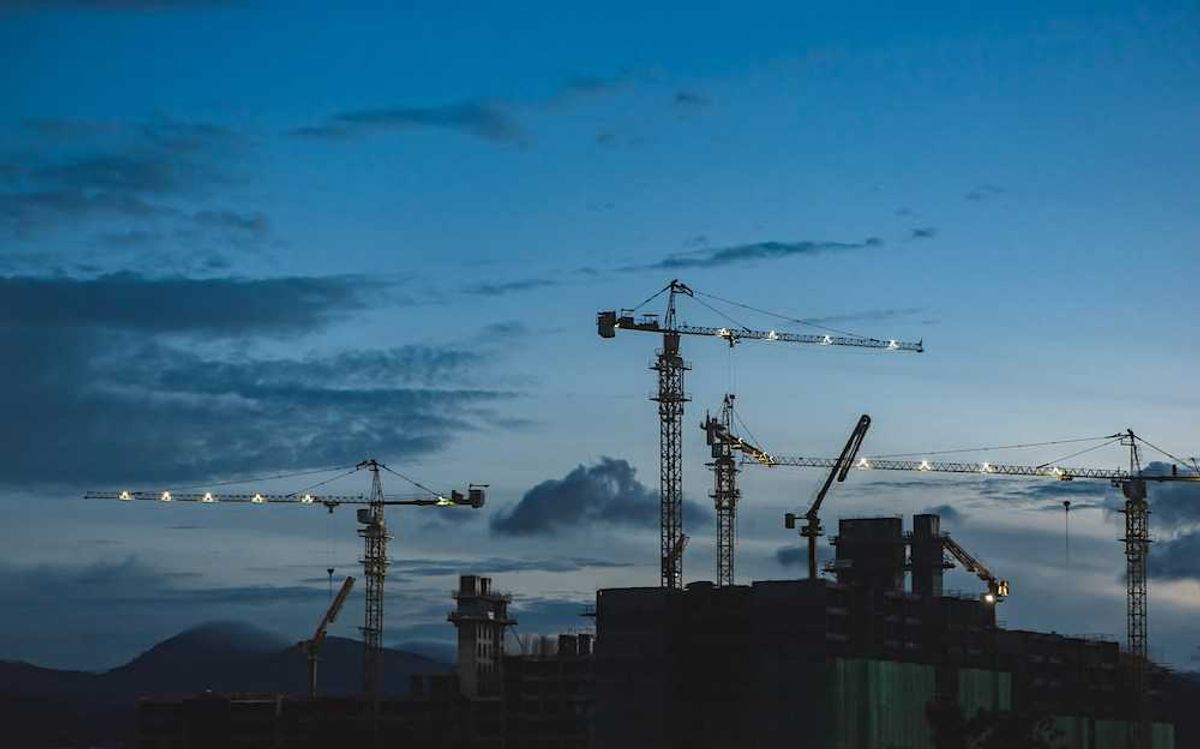The Greater Golden Horseshoe (GGH) is one of the most dynamic and fast-growing regions in North America and because of this the area is expected to be home to some 15 million residents and 7 million jobs by 2051.
And, as the GGH prepares for the major inevitable growth and change, the province has released the latest version of the Growth Plan for the Greater Golden Horseshoe. The Growth Plan, a document laid out by the Liberals in the mid-2000s, is intended to conserve natural areas and direct jobs and population growth to places with existing infrastructure.
Designed to promote economic growth, increase housing supply, create jobs and build communities that make life easier, healthier and more affordable for people of all ages, the long-term growth plan will help push the province into recovery following the COVID-19 pandemic and expand housing supply in the economic core of the province.
The Growth Plan for the Greater Golden Horseshoe, 2006 (Growth Plan, 2006) was the first plan to provide a framework for implementing Ontario’s vision for building stronger, prosperous communities by better managing growth in this region.
The updated Growth Plan builds on the initial plan and responds to the key challenges that the region will continue to face over the coming decades with enhanced policy directions.
READ: Sales of New Single-Family Homes in GTA Up 187% From July 2019
This includes ensuring that the Greenbelt and the environment are protected while supporting the goal of "complete communities" which means providing residents with access to transit networks, protected employment zones, and an increase in the amount and variety of housing available.
According to the plan, the housing supply would reflect market demand and what is needed in local communities, while an integrated transportation network would make it easier for residents to get around.
Joe Vaccaro, CEO of the Ontario Home Builders' Association, says the updates to the Growth Plan will support long-term planning efforts to ensure the province has the necessary infrastructure and housing supply.
"These are practical approaches that OHBA believes will create the housing supply and choice needed in these growing communities," said Vaccaro.
In order for the plan to be a success, the province is calling for effective collaboration with other levels of government, First Nations and Métis communities, residents, private and non-profit sectors across all industries, and other stakeholders.
The policies of the current plan regarding how land is developed, resources are managed and protected, and public dollars are invested are based on the following principles:
- Support the achievement of complete communities that are designed to support healthy and active living and meet people’s needs for daily living throughout an entire lifetime.
- Prioritize intensification and higher densities in strategic growth areas to make efficient use of land and infrastructure and support transit viability.
- Provide flexibility to capitalize on new economic and employment opportunities as they emerge, while providing certainty for traditional industries, including resource-based sectors.
- Support a range and mix of housing options, including additional residential units and affordable housing, to serve all sizes, incomes, and ages of households.
- Improve the integration of land use planning with planning and investment in infrastructure and public service facilities, including integrated service delivery through community hubs, by all levels of government.
- Provide for different approaches to manage growth that recognize the diversity of communities in the GGH.
- Protect and enhance natural heritage, hydrologic, and landform systems, features, and functions.
- Support and enhance the long-term viability and productivity of agriculture by protecting prime agricultural areas and the agri-food network.
- Conserve and promote cultural heritage resources to support the social, economic, and cultural well-being of all communities, including First Nations and Métis communities.
- Integrate climate change considerations into planning and managing growth such as planning for more resilient communities and infrastructure – that are adaptive to the impacts of a changing climate – and moving towards environmentally sustainable communities by incorporating approaches to reduce greenhouse gas emissions.
You can read the full report here.






















